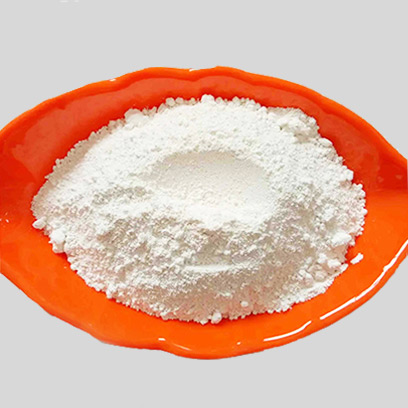
8 月 . 08, 2024 15:05 Back to list
Suppliers of TiO2 for Advanced Water Treatment Solutions and Environmental Applications
The Role of TiO2 in Water Treatment Suppliers and Innovations
Titanium dioxide (TiO2) has emerged as a powerful material in the field of water treatment, largely due to its unique photocatalytic properties. When exposed to ultraviolet (UV) light, TiO2 can facilitate chemical reactions that break down harmful pollutants in water, making it an invaluable asset for ensuring clean and safe drinking water. This article explores the critical role of TiO2 in water treatment and highlights the importance of suppliers in this rapidly evolving market.
Understanding TiO2 Photocatalysis
TiO2 is primarily utilized in its anatase or rutile forms, both of which are effective in photocatalytic applications. The mechanism behind this is relatively straightforward when TiO2 is illuminated by UV light, it generates electron-hole pairs. These energetic species can oxidize organic contaminants and bacteria in water, converting them into harmless byproducts such as carbon dioxide and water. This makes TiO2 not only a catalyst but also a potential agent for sterilization, addressing both chemical and microbiological pollution in water sources.
Benefits of TiO2 in Water Treatment
One of the most significant advantages of using TiO2 in water treatment is its ability to operate under mild conditions without the need for harsh chemicals. Additionally, TiO2 is stable, non-toxic, and abundant, making it a sustainable choice for long-term applications. Its photocatalytic properties are particularly effective in degrading a wide array of contaminants, including pesticides, pharmaceuticals, and industrial waste. As a result, many municipalities and industries are investing in TiO2-based systems to enhance their water purification processes.
Notable Suppliers of TiO2 for Water Treatment
tio2 water treatment suppliers

The demand for TiO2 in water treatment has given rise to numerous suppliers specializing in the production and distribution of this essential material. Companies like Evonik Industries, Huntsman Corporation, and Cristal have made significant contributions to this sector, supplying high-purity TiO2 products tailored for photocatalytic applications. These suppliers often provide clients with various formulations and surface modifications to enhance the effectiveness of TiO2 in different water treatment scenarios.
Moreover, innovative startups are also entering the sphere, often focusing on niche applications or novel delivery systems, such as TiO2 nanoparticles embedded in membranes or coatings that can be integrated into existing water treatment infrastructures. These advancements open up new avenues for improving water quality while also reducing operational costs for facilities.
Sustainable Practices and Future Prospects
As environmental concerns grow, the focus on sustainable practices in water treatment has never been more pronounced. TiO2-based photocatalysis not only addresses the immediate need for clean water but also reduces reliance on harmful chemical agents and energy-intensive processes. Therefore, partnerships between research institutions and TiO2 suppliers are vital for driving innovations that can enhance the efficiency and scope of photocatalytic treatments.
Future advancements might include the development of TiO2 composites that can absorb visible light, expanding the range of wavelengths for effective photocatalysis. This would allow for more versatile applications in different climatic and environmental conditions. Furthermore, integrating artificial intelligence with TiO2 systems could optimize treatment processes, ensuring that contaminants are treated effectively while minimizing energy consumption.
Conclusion
In summary, TiO2 is transforming the landscape of water treatment through its powerful photocatalytic properties. Its role in making water safer and cleaner is crucial, and the collaboration between innovative suppliers and research institutions will continue to drive developments in this field. As the world faces growing water scarcity and pollution, the adoption of TiO2 in water treatment is not just a trend but a necessary step toward sustainable water management for future generations.
-
Lithopone for Plastic & TiO2 R-5568/SK-6658 Masterbatch Solutions
NewsMay.30,2025
-
China Leading Rutile TiO2 Manufacturer - R5566 & R996 Grades Available
NewsMay.30,2025
-
High-Purity Anatase & Rutile TiO2 Powder Trusted Manufacturer
NewsMay.30,2025
-
High-Purity Anatase Products Trusted Supplier & Manufacturer
NewsMay.29,2025
-
Best Price Eco-Friendly Rutile TiO2 Supplier & Wholesale Factory
NewsMay.29,2025
-
Chinese Anatase Titanium Dioxide for Ceramic Glaze Reliable Supplier
NewsMay.29,2025
